READY TO GET STARTED?
REQUEST A FREE ESTIMATE
Fill out the form below or call (888) 466-7849 for a free, no-obligation estimate.
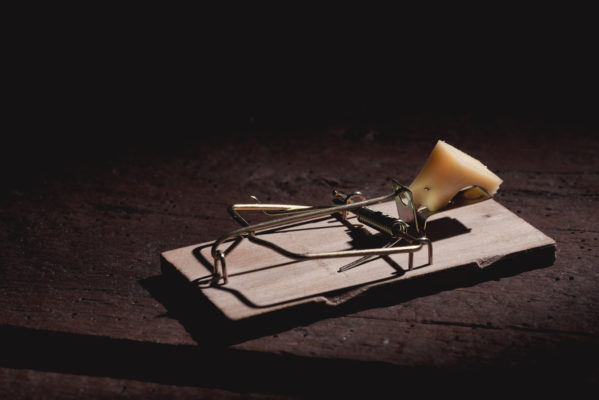
What’s the difference between a mouse and a rat? Identifying the type of rodent you have is the first and most important step in controlling your rodent problem. What works to control mice won’t necessarily work to control rats. Here are the differences between mice and rats along with some tips to prevent and get rid of them.
The most common mouse found in the United States is the house mouse.
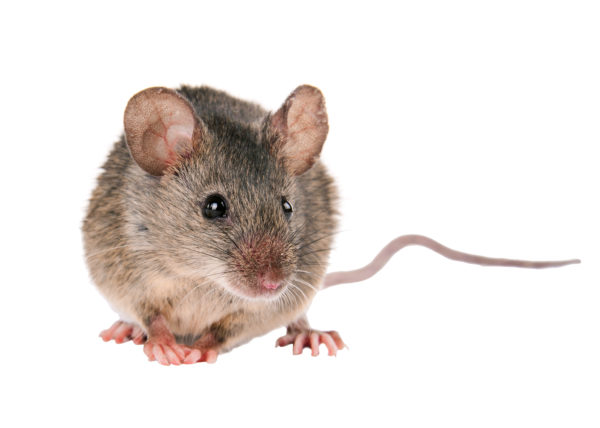
The two most common rats found in the United States are the brown rat (Norway rat) and the black rat (roof rat, ship rat).
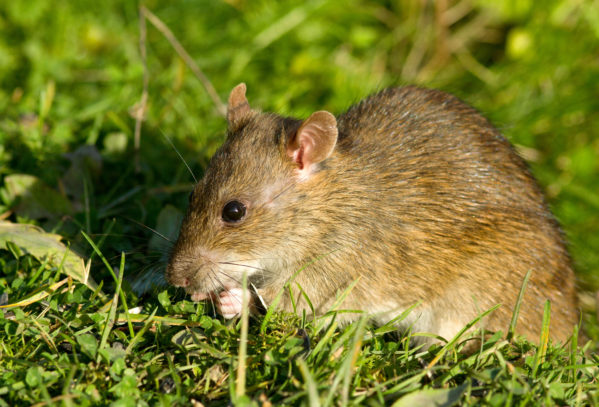
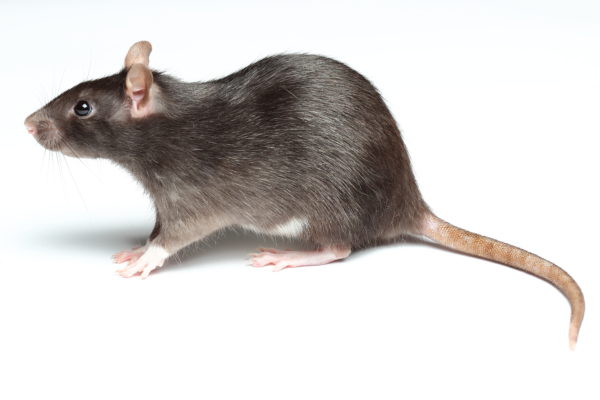
Now that you know the difference between mice and rats, what can you do to get rid of them? Check out these 7 tips for getting rid of both mice and rats:

What’s the difference between a mouse and a rat? Identifying the type of rodent you have is the first and most important step in controlling your rodent problem. What works to control mice won’t necessarily work to control rats. Here are the differences between mice and rats along with some tips to prevent and get rid of them.
The most common mouse found in the United States is the house mouse.

The two most common rats found in the United States are the brown rat (Norway rat) and the black rat (roof rat, ship rat).


Now that you know the difference between mice and rats, what can you do to get rid of them? Check out these 7 tips for getting rid of both mice and rats:


You may be noticing the bees buzzing more than they were a few weeks ago. Why? (Hint: it’s not to ruin your outdoor fun or to sting you) Some species of bees, like honeybees for example, are preparing for winter by collecting nutrients for their colony via late-blooming flowers. Wasps can also be more active (or noticeable) this time of year, when they change up their usual diet of insects for sweeter, more carbohydrate-rich foods. Since bees are beneficial insects, the best way to prevent stings is by avoiding them. If you have an unusual amount of bee activity around your home, contact a wildlife removal company for recommendations.

Cockroaches may start moving indoors when the weather gets cooler in search of food, water, and warmth. The best way to prevent an infestation in your home is with proactive roach control: eliminate or reduce food and water sources and get rid of hiding places by de-cluttering and keeping a clean house. Fix any plumbing leaks, store leftover food and dog food in storage containers, take out the trash daily, and seal or correct any gaps, cracks, or crevices that roaches can use to gain access into your home. If you’re seeing several roaches of varying sizes, you may have a roach infestation. Resist the urge to use OTC sprays as these are only on-contact killers and won’t prevent roaches from reproducing. Contact an exterminator for a pest control plan that will include a thorough inspection and quarterly or monthly treatments.
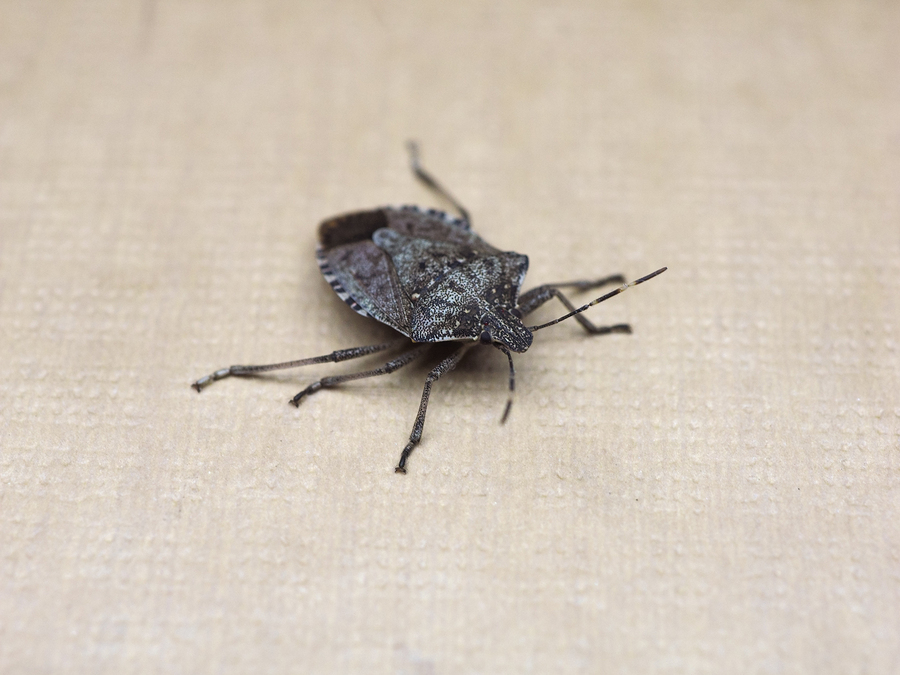
You may notice an influx of varying kinds of beetles in the Fall months as these overwintering pests are preparing for hibernation. Common fall beetles include ladybugs, boxelder bugs, and stink bugs. These types of pests often resist traditional treatments with pesticides so it’s best to vacuum up the ones you see inside your home and take measures around your home to prevent more from coming inside. They’ll gather near the warmest areas of your home, usually on the south and west-facing sides. Especially around these areas, check to be sure there aren’t any openings or gaps around windows and doors and, if there are, correct these issues to keep beetles out.
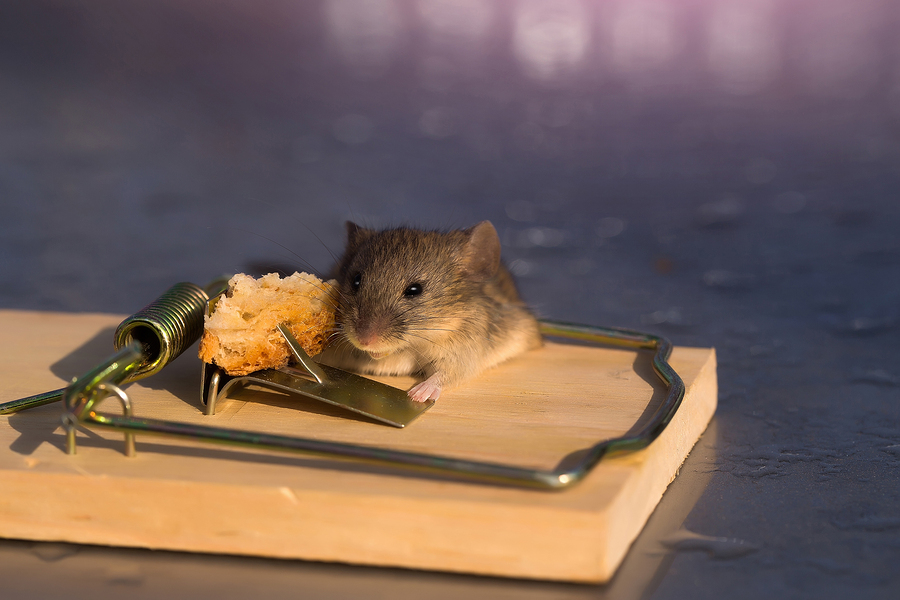
Like other rodents and pests, mice are searching for food and warmth in cooler weather, making your home a welcoming environment. Keep them out by rodent-proofing: seal gaps or openings around your home’s exterior and around plumbing, make sure outdoor vents are covered, repair any holes or tears in window screens or door screens, install weatherstripping around doors, clear out plants, leaves or any other vegetation that may be touching or near your home’s exterior, clean up any yard debris, and de-clutter inside the house. You can also use glue boards in less-traveled areas, like basements and attics, as a proactive approach to mice control.
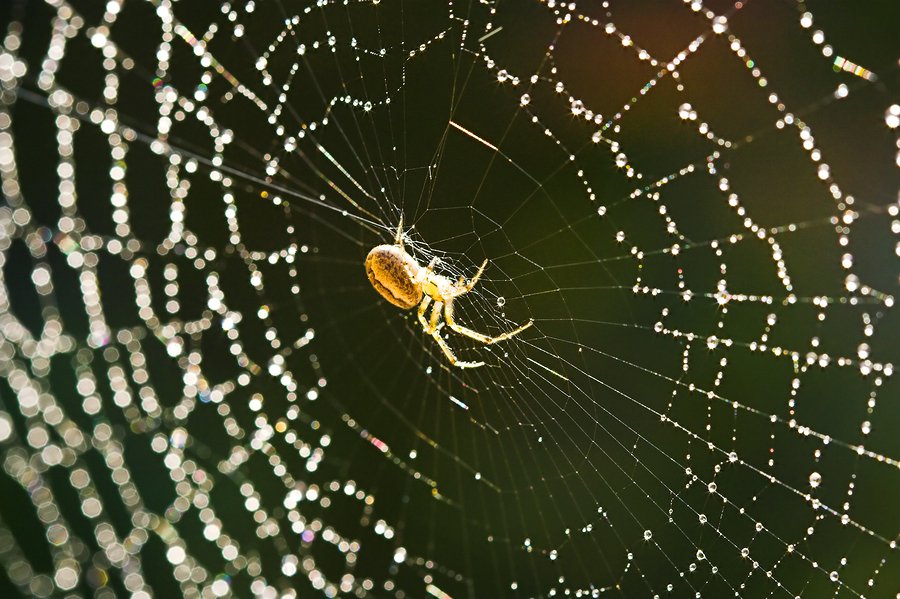
Knocking down cobwebs only to find another one in it’s place the next day? You’re not alone. For some species of garden spiders, like the orb weaver, now is when they are at their largest, making them more noticeable, and females are laying eggs before they die. Since spiders are beneficial insects and can reduce the amount of other pests around your home, try and resist the urge to knock down their webs outside. If you’re seeing spiders in the house, contact an exterminator for pest control recommendations.

As the dog days of summer wind down, parents are preparing to send their kids back to school. While most of the emphasis and preparation of back to school is on the famous 3 Rs (“Reading, Riting, and Rithmetic”), there is another “R” that we should all be aware of: “Removal” – for the removal of head lice.
As kids return to the classroom, the threat of lice looms. In fact, head lice is the second leading cause of absenteeism in elementary school children, following closely behind the common cold. Do you know how to spot head lice? What can you do to treat it once your child has it and how can you prevent them from getting it in the first place? Check out the information below to make sure you and your child are prepared to head back to the classroom!
Head lice (Pediculus humanus capitis) can be found throughout the world. In the US it is most commonly found in school aged children and members of their households. The CDC estimates between 6 and 12 million cases each year in the United States. Lice can infest humans of any age, from infants to the elderly. Make sure to check everyone in the household if you suspect lice.
Head lice cannot fly or jump. They move by crawling. The most common method of spreading head lice is through direct contact with hair of an infested person. This type of head-to-head contact is most common during play at school, sports activities, playgrounds, slumber parties, and camp. Although extremely rare, head lice can be spread by sharing personal belongings such as hats, scarves, and coats, or by using personal items such as hair bows, brushes and combs, towels, or by lying on a pillow or couch that has been used by an infested person. Head lice is not spread by dogs, cats, or other pets. It is uncommon for lice to be spread by inanimate objects such as sports helmets or headphones because their claws are not adapted to grasping the smooth and slippery surfaces found on these items. It is also difficult for them to spread by use of wigs and hairpieces as the hair shafts on these do not have the blood supply they need for survival. Although lice have been shown to survive for several hours underwater, they are unlikely to be spread by swimming in a pool. They have been shown, however, to cling tightly to hair when submerged in water. The chlorine in pool water does not kill lice.
Head lice are found in 3 stages – the egg (or nit), the nymph, and the adult. Nits are eggs laid at the base of a hair shaft. They are very small (about the size of a knot in thread) and very hard to see. They are often yellow or white in color and can be confused for dandruff. They usually take 8-9 days to hatch. The nymph is an immature louse that has recently hatched from a nit. They look like adult lice but are much smaller. They mature into adults in 9-12 days from hatching. Adult lice are about the size of a sesame seed. They have six legs and are tan to grayish-white in color. Nymphs and adult lice must feed on blood to survive. Adults can live up to 30 days with a blood source but will die within 1 to 2 days after falling off a human head.
Lice and nits are almost exclusively found on the scalp, especially around the ears and at the neckline. They can be found in eyelashes and eyebrows but this is very uncommon. Signs and symptoms of head lice include a sensation of something moving in the hair or on the scalp, itching, scratching, irritability, difficulty sleeping, and sores on the head from scratching. Lice are most active in August and September and at night.
Treatment is recommended for anyone with an active infestation. You can check for lice at home, although they are often hard to find and see. You can have your child checked by a medical professional, school nurse, or your local health department, as well. Because they avoid light, are very small, and very quick, it is often helpful to use a magnifying glass and a fine-toothed comb to check your child’s head. If you do find an active infestation in your household, everyone in the household should be treated at the same time.
The optimal time to treat is after nits have hatched but before new eggs have been laid. Because this is nearly impossible to determine, retreatment is often necessary. There are both over-the-counter and prescription strength medications available for treatment. Always follow the instructions on the medication box. It is also important to not re-wash hair 1-2 days after the initial treatment. The infested persons should also put on clean clothes after the treatment. Recheck the scalp 8-12 hours after the initial treatment and comb out any remaining live lice. If there are no dead lice 8-12 hours after initial treatment you may need a different medication. It is recommended that you speak to your health care provider to discuss prescription strength treatments. Continue to check and comb the hair every 2-3 days following the initial treatment for 2-3 weeks. This helps prevent reinfestation. Retreatment may be necessary and you should follow the directions on your medication package regarding the frequency and necessity of additional treatments.
Supplemental measures must also be taken in addition to medicinal treatments. These are particularly useful in preventing reinfestation. Machine wash and dry (or dry clean) any clothing, bedding, and other items worn or used by the infested person 2 days prior to the treatment. Another option is to seal all of these items in a plastic bag and store for 2 weeks. Soak combs and brushes in hot water for 5-10 minutes. Vacuum the floor and furniture, particularly where the infested person sat or lay.
Head lice are not known to spread any disease and are not considered a public health hazard by the CDC. For this reason, most health departments do not require reporting of head lice infestations. School policies are established by local school boards. Many schools are relaxing their previous “no-nit” policies which required students to remain out of school until all evidence of nits were eliminated. Many school districts are trending away from this policy and only requiring children to remain out of school if live lice are present. Check with your child’s school to verify their policy.
Head lice are most commonly spread by direct head-to-head contact. While the chance of spreading lice by sharing items is rare, it does occasionally occur. With that in mind, you can follow these 7 steps to help prevent head lice infestations in your family:
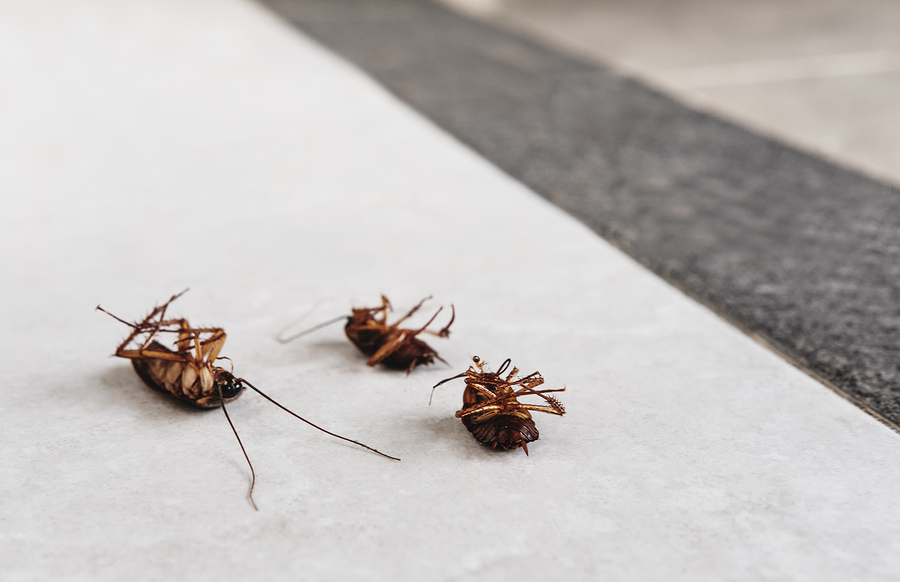
Roaches can vary significantly in size and color (some even fly!), so it can be difficult to know what kind of cockroach you’re dealing with. Identification is the first step in roach control since the type of roach will determine the best treatment methods. Here are the 2 most common cockroaches you’ll see in your home and tips for getting rid of and preventing them:
German roaches are one of the most common pest nuisances in residential structures, especially common in multi-unit apartment homes. They thrive in filth but even the cleanest homes can be at risk.
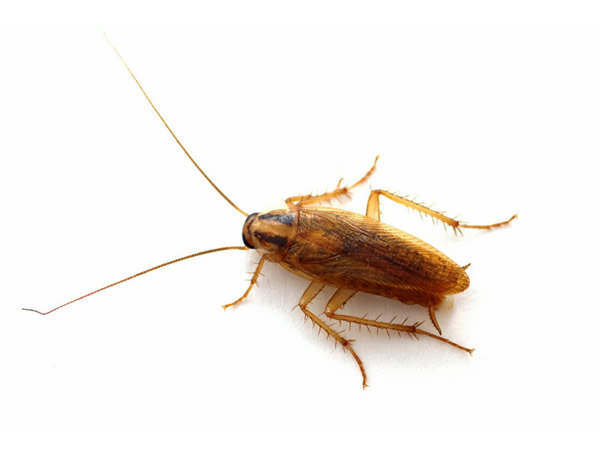
American roaches, also known as palmetto bugs or waterbugs, are large, sometimes fly, and usually only come indoors in search of warmth, food or water.
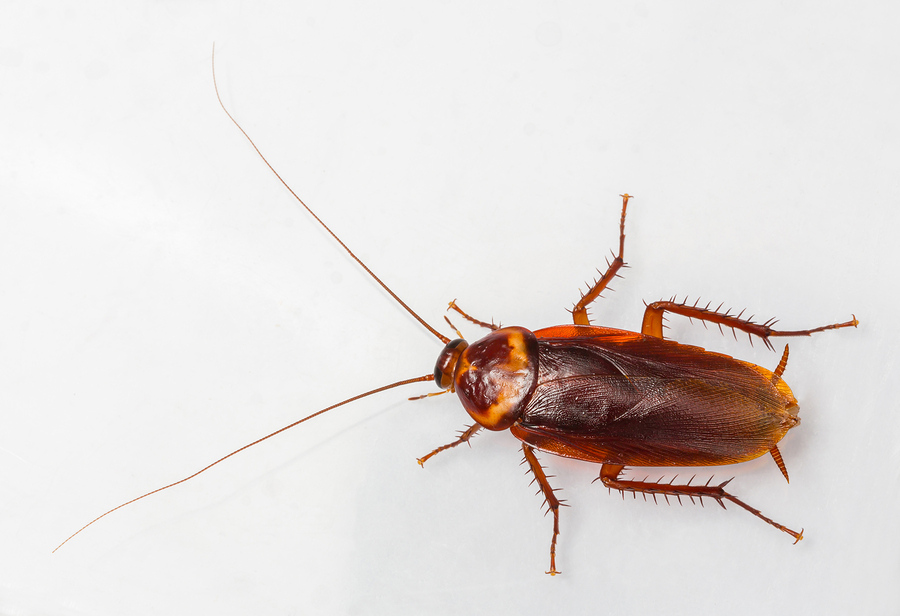

Roaches can vary significantly in size and color (some even fly!), so it can be difficult to know what kind of cockroach you’re dealing with. Identification is the first step in roach control since the type of roach will determine the best treatment methods. Here are the 2 most common cockroaches you’ll see in your home and tips for getting rid of and preventing them:
German roaches are one of the most common pest nuisances in residential structures, especially common in multi-unit apartment homes. They thrive in filth but even the cleanest homes can be at risk.

American roaches, also known as palmetto bugs or waterbugs, are large, sometimes fly, and usually only come indoors in search of warmth, food or water.

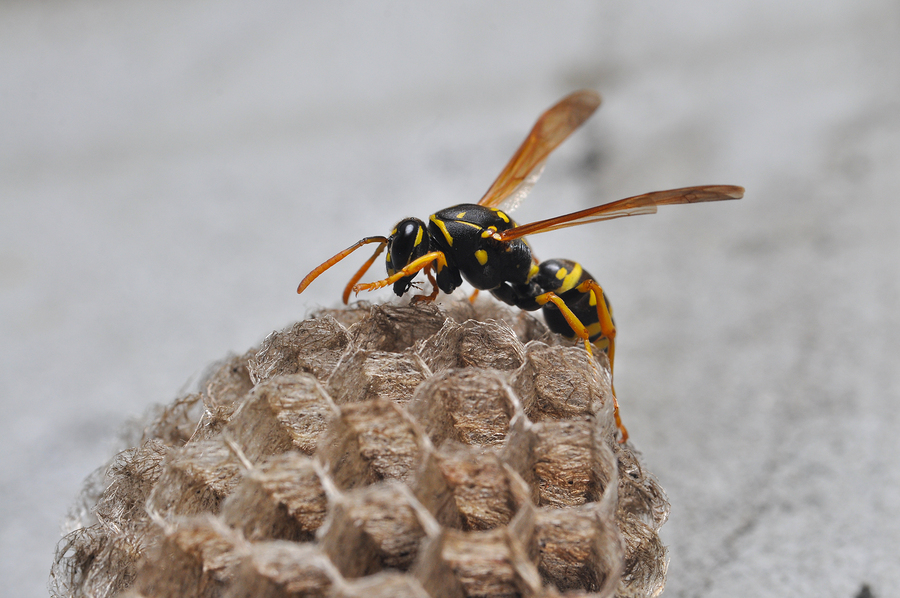
Paper wasps can be a nuisance during the summer. While they do not set out to sting intentionally, they will if they feel threatened. Their narrow bodies are most commonly dark brown in color, with black wings and yellow markings. Some even appear similar to yellow jackets in coloration. Here are some facts on paper wasps!
Removing a paper wasp nest can be a dangerous task. It is advised to proceed with caution if you encounter a nest and contact a pest control company to assist with the removal of the nest.

Some bugs are excellent travelers. They’ll hitchhike into your home on clothes, in luggage, on pets, in boxes, newspapers, magazines, or bags, on furniture, and even in your kids’ hair! Here are 5 well-traveled pests and tips on keeping them out of your home:
With summer vacations in full swing, out-of-town relatives visiting, and students coming home from college – now is the time to worry about bed bugs! They’ll sneak into your home unnoticed – most often in luggage and clothes – hide out during the day, and then creep out at night to feed (bite!).
Prevent bed bugs by being vigilant when traveling – check your accommodations for signs of bed bugs (dark spots on mattress corners and/or bedding), avoid putting luggage directly onto hotel beds and furniture, wash all of your clothes in hot water immediately when returning home, and leave luggage outside of your home, if possible (seal in plastic bags and leave in outdoor storage or your garage). Same applies to visiting relatives and students returning home from college. Also, remove any under-bed storage to reduce areas bed bugs are likely to hide out.
If you suspect you have bed bugs, contact an exterminator immediately. Because of the elusive nature of bed bugs and their ability to survive in extreme conditions (bed bugs can live for a year or more without eating and can withstand a wide range of temperatures from nearly freezing to 113 degrees Fahrenheit), they can’t be eliminated through do-it-yourself methods. A proper inspection is needed to identify all areas of infestation. After an in-depth inspection, a treatment and control plan can be implemented, usually including multiple chemical and/or heat treatments and inspections over several weeks. As part of the treatment plan, you may be asked by your exterminator to remove or reduce clutter, install protective encasements to your mattresses and/or boxsprings, and launder bedding and/or clothing. You should also be advised not to throw out any infested furniture, clothes or other items; this can cause the spread of bed bugs to other locations. It’s also not recommended to purchase new furniture throughout the treatment process as these items will likely become infested with bed bugs.
Once school starts back, lice infestations will be on the rise. Prevent the spread of lice by limiting shared clothing, hats, hair brushes, and other belongings, avoiding head-to-head contact, and by vacuuming carpet and furniture often. For existing lice infestations, use a lice treatment as soon as they’re discovered, disinfect combs, brushes, or towels that have come in contact with lice by soaking them in hot water for 5-10 minutes, disinfect bedding by removing it and washing in a hot water cycle, and wash and dry clothing, linens, or towels that have come into contact with a person infected with lice during at least 2 days prior to treatment.
Lookout for ticks as we move into Fall. They attach themselves to humans and pets, making transport inside easy and often unnoticed, and can even infest your home (with the case of the brown dog tick). Their bites are painful and can cause skin irritations, but they also transmit several diseases including Lyme disease and Rocky Mountain spotted fever, which can cause serious illness or even death.
Prevent ticks by checking pets often and treating them with a tick control product, commonly included in topical flea treatments, keeping pets out of wooded areas or overgrown vegetation, by cutting your grass regularly, keeping plants and shrubs trimmed, and by clearing out leaves and other yard debris.
If you find a tick, safely remove it using a tick removal tool or with tweezers, only applying a small amount of pressure until the tick lets go. Any other method can be painful for your pet (or humans!) and cause skin irritations.
Fleas thrive in hot, humid conditions. They can cause a lot of discomfort for your pets, even severe allergic reactions, and are easily transported into your home. Avoid a flea infestation by checking your pets often with a flea comb, applying topical or oral flea medication regularly, and limiting your pets’ time outside during warmer months.
If you have a flea infestation in your home, getting rid of them can be difficult and time-consuming. It’s best to contact a pest control company to establish a treatment schedule for both inside and outside the home. Your pet will need to be removed from the house during flea treatments and for a specified length of time afterwards. You can also help to get rid of fleas and prevent a future infestation by vacuuming regularly and removing old pet bedding, blankets, toys, and any other items regularly used by your pet.
German cockroaches are among one of the most prevalent pest issues in residential structures, and often the hardest to control. A common misconception is that roaches only infest homes with unsanitary conditions. While they thrive in filth, even the cleanest, tidiest homes are at risk. To prevent this, avoid bringing items into your home that roaches often travel in – boxes, newspapers, grocery bags, food cartons, pet food, furniture – and remove & wash any clothing and/or luggage immediately if you’ve encountered another home or accommodation where roaches were present.
Once inside, roaches can contaminate food, trigger allergies and asthma, create an unpleasant odor, and just altogether create an undesirable living environment. They’ll hide out in damp, dark areas during the day and come out at night in search of food. Keep your home as clean as possible to remove potential food sources eliminate any areas with excessive moisture (repair those leaky faucets!), and de-clutter.
If you’re seeing cockroaches, it’s best to contact an exterminator for a pest control treatment plan. Infestations develop quickly and roaches can become immune to OTC products, especially if used incorrectly or too often.

Summer is in full-swing here in Georgia, the heat is rising, and the bugs are coming out to play (bite!). Here are 5 common summer pests to be on the lookout for and tips on how to prevent and get rid of them:
Chiggers (sometimes referred to as mites or red bugs) are so small they’re hard to spot. But you’ll know you’ve been bitten after an itchy, uncomfortable rash develops. While they don’t pose serious health risks, they can ruin outdoor fun and leave behind irritated skin that you’ll want to scratch. To prevent chigger bites this summer, limit time spent in areas prone to chiggers – woods, grassy areas, near lakes, ponds, streams & rivers – keep arms and legs covered when outside, and wear insect repellent with DEET. If you get bitten by chiggers (most commonly on legs and waist with red, itchy skin), take a bath or shower immediately to get rid of chiggers that may remain on your body, wash the clothes you were wearing in hot water, and then apply a itch-relief lotion or ointment to the affected areas – like hydrocortisone or calamine.
Mosquito bites, on the other hand, can be more serious since they carry multiple diseases, viruses, and parasites. The best way to minimize your risk of contracting mosquito-born illnesses like Zika, encephalitis, West Nile, dengue fever, and malaria (some of the most common) is to prevent mosquito bites by limiting travel to well-known, affected areas, keeping arms and legs covered in light-colored, loose clothing when outdoors, wearing insect repellent with DEET and reapply often, and controlling mosquitoes around your home with professional mosquito treatments. You can also reduce mosquitoes by eliminating breeding sites – any areas with standing water.
Fire ants can be dangerous for the whole family, including pets. They’re aggressive and cause painful bites, often with severe allergic reactions, which can be especially harmful to small children and pets. The best way to prevent and control fire ants around your home is with regular yard treatments, specifically targeting fire ant mounds, by a professional exterminator. Treatments are usually applied in granular form and get rid of fire ants in as little as 72 hours.
Bees can be a threatening summer nuisance and often cause painful stings if threatened. One of the most common summer bees is a paper wasp. Paper wasps will form nests on or in almost any horizontal surface, resembling an umbrella attached by a small stem. They vary in color but can be brown and yellow striped or red with blackish wings. They’re most likely to sting when their nest is disturbed, which can happen accidentally when nests are hidden. Paper wasps can be highly aggressive and cause severe pain and allergic reactions so it’s recommended to leave nests undisturbed if posing no serious threat or contact a bee exterminator to access the situation.
Ticks are dangerous for both humans and animals as they spread infectious diseases – like Lyme disease and Rocky Mountain spotted fever, through bites. Take steps to protect yourself from tick bites while outdoors by avoiding areas where ticks are prevalent, like wooded areas and in tall grass, and use an insect repellent with DEET. You should also treat pets with tick repellent products to reduce their risk of tick bites.
Click here for tick removal tips from the CDC.